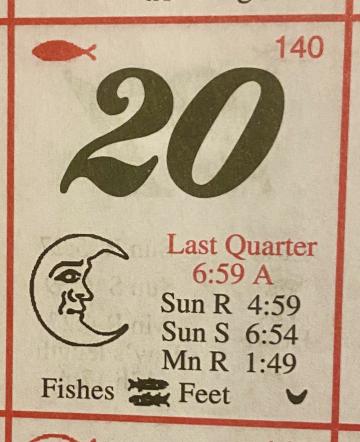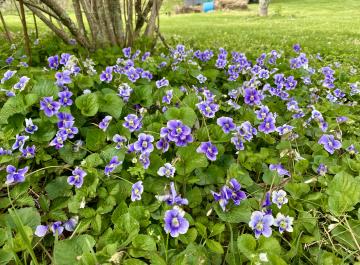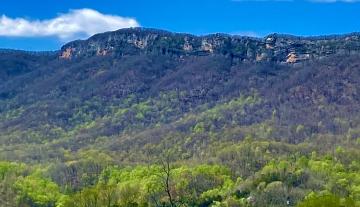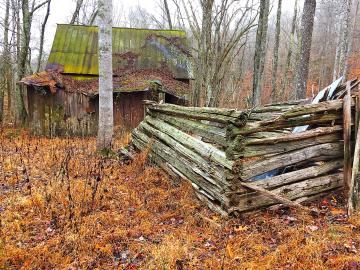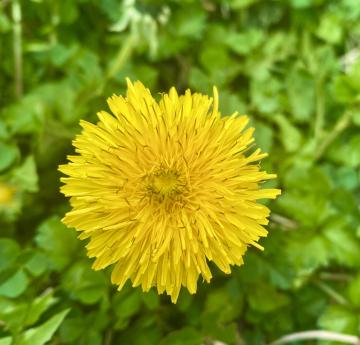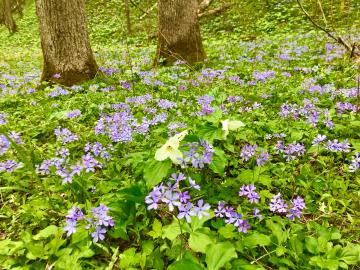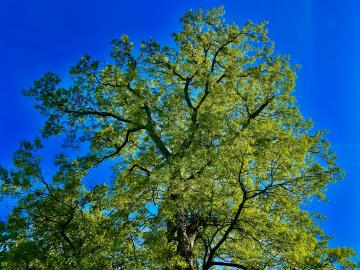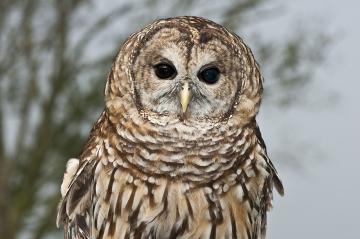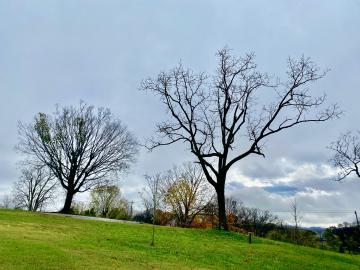Planting by the Signs
My Grandpa Roark was really into doing farm activities according to the signs, be it planting crops, killing weeds, or dehorning cattle. And his preference was to go by a system that used human body part signs to tell when it was a good time to do things: plant root crops when the signs are in the head and kill weeds when the signs are in the bowels. I grew up hearing this stuff and had no clue what they were talking about, except that they always used a calendar given out by one of the local banks that indicated what the signs were on a particular day. With gardening season upon us, I set out to finally figure them out…I think. The astronomy and astrology involved is mind boggling but let me take a shot at sorting it out.
- Read more about Planting by the Signs
- Log in to post comments
